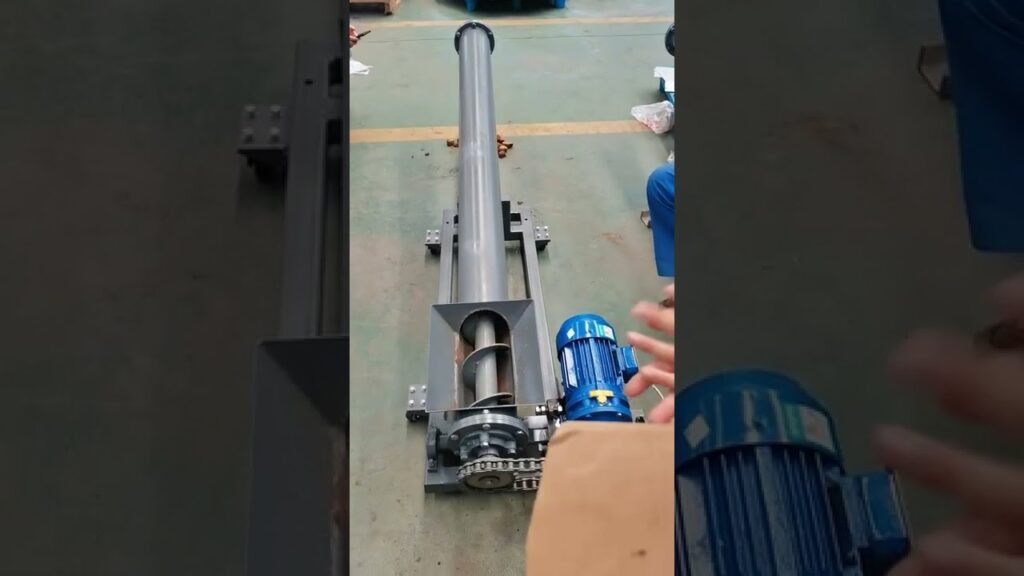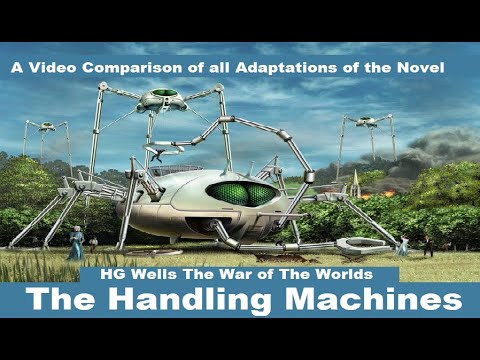The Evolution and Advancements of Automatic Handling Machines in Material Handling Automated Systems
In today’s rapidly evolving industrial landscape, the need for efficient and seamless material handling has become paramount. As companies strive to optimize their workflow and minimize human error, the demand for automated systems has soared. One particular breakthrough in this field is the development and customization of Automatic Handling Machines, which have revolutionized material handling processes across various industries. In this article, we will delve into the intricacies of these machines, explore their capabilities, and highlight their significance in the realm of material handling automation.
Automatic Handling Machines, also known as AHMs, are innovative solutions designed to streamline material handling tasks. These machines are specifically engineered to perform repetitive tasks efficiently, accurately, and without the need for human intervention. With the ability to handle diverse products of varying shapes, sizes, and weights, AHMs play a crucial role in enhancing productivity while maintaining the utmost precision.
One prominent example of AHMs in action is their integration in material handling automated systems for warehouses and distribution centers. These systems are comprised of two key components: the Automatic Handling Machine itself and an advanced control system that orchestrates its operations. The AHM serves as the workhorse, executing tasks such as picking, packing, sorting, and transporting goods within the facility.
The customization of AHMs is a crucial aspect of their functionality. Each system is tailored to meet the specific requirements of the given industry and the company utilizing it. Whether it’s automotive, pharmaceuticals, e-commerce, or any other sector that deals with rapid product movement, AHMs can be intricately designed to handle the materials efficiently, ensuring maximum throughput and minimizing errors.
The technical engineer responsible for the design and manufacture of AHMs plays a pivotal role in the system’s successful implementation. With expertise in robotics, automation, and mechanical engineering, these professionals meticulously engineer each component and ensure seamless integration with the control system. They work closely with the customer to understand their unique needs and translate them into a cutting-edge, customized solution.
One key aspect of AHMs that has garnered attention is their ability to seamlessly communicate with other machinery and systems within the facility. By utilizing advanced sensors, cameras, and intelligent software, AHMs can navigate through complex environments, avoiding obstacles and identifying the most efficient routes. This interconnectedness and adaptability contribute to a higher overall efficiency and productivity within the automated system.
From an industry standpoint, the adoption of AHMs brings about numerous benefits. Firstly, the reduction in manual labor required for material handling tasks significantly reduces the risk of workplace injuries, enhances employee safety, and minimizes the likelihood of errors caused by human factors. Furthermore, the integration of AHMs optimizes the use of space within a facility, as these machines can be designed to utilize vertical spaces efficiently, maximizing storage and throughput capacity.
The implementation of an Automatic Handling Machine within a material handling automated system is often a significant investment for companies. However, the long-term gains far outweigh the initial costs. The system’s ability to operate 24/7 without the need for breaks or rests ensures round-the-clock productivity, resulting in enhanced operational efficiency and increased revenue generation. Moreover, the consistency and accuracy provided by AHMs minimize the likelihood of damage to goods, reducing costs related to product wastage or customer returns.
Looking into the future, it is evident that Automatic Handling Machines will continue to evolve and reshape the material handling landscape. As technology progresses, we can expect further advancements in sensor technology, artificial intelligence, and machine learning, providing AHMs with enhanced capabilities and increased adaptability. These developments will result in even greater productivity gains and improved optimization of resources within automated systems.
In conclusion, the customization and implementation of Automatic Handling Machines have revolutionized the realm of material handling automated systems. With their ability to perform repetitive tasks efficiently, accurately, and without human intervention, AHMs have become indispensable tools across industries. The technical engineers driving these advancements play a crucial role in tailoring these machines to meet the unique requirements of each customer. As the field continues to evolve, AHMs are expected to play an even more significant role in enhancing productivity, minimizing errors, and ultimately optimizing material handling operations worldwide.
Handling Machine
“Streamlining Operations: Material Handling Automated Systems and Automatic Handling Machines for Optimal Efficiency”


